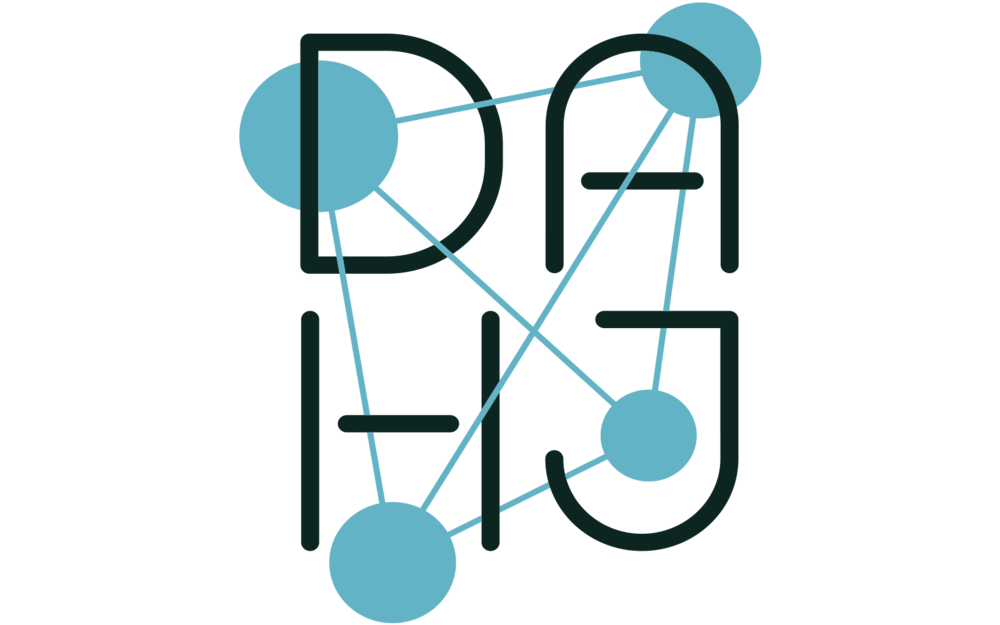Abstract
In this article we present a case study on digital representation of the art historical research and metadata brought together for a scientific collection catalogue by the Prussian Palaces and Gardens Foundation Berlin-Brandenburg. The resulting interface aims at linking the structure and texture of a collection of drawings by Frederick William IV of Prussia (1795–1861) with additional contextual information. The article describes the context of the larger research project and presents the resulting visualization and interaction techniques specifically designed for dynamic exploration along time and subjects.w tonal range to our discipline without discarding any of the traditional art historical methods.
Authors
Katrin Glinka
is a research associate and lecturer at the Potsdam University of Applied Sciences. She combines approaches from art history, sociology and museum studies with an interest in digital cultural heritage and visualization research. She studied cultural sciences with a focus on art theory, visual culture, sociology and philosophy and holds an M. A. degree from Leuphana University Lüneburg. Since 2014 she has been working on her doctoral thesis on digitization and visualization in the cultural field and their means and potentials for curation, critical and interventionist approaches and visitor orientation in museums.
Christopher Pietsch
is a Berlin-based interaction designer. His passion for interfaces goes beyond the digital layer as he tries to connect the physical with the digital world. He studied computer science at the HTW Berlin and interaction design at the University of Applied Sciences Potsdam and holds a bachelor’s degree for his thesis on brain-computer-interfaces. As a freelance information and interaction designer he now explores novel types of visualization metaphors (www.chrispie.com).
Carsten Dilba
Ph. D., is scientific editor at the Prussian Palaces and Gardens Foundation Berlin-Brandenburg, responsible for both printed an online publications. He studied at the Universities of Bonn, Leicester, Vienna and the University College London, subsequently working for the Fraunhofer IAIS (netzspannung.org). He published on mediaeval and 18th century art history.
Marian Dörk
is a research professor for Information Visualization at the Institute for Urban Futures of the Potsdam University of Applied Sciences. During his PhD at University of Calgary and his postdoctorate at Newcastle University he designed and studied novel visualization techniques in particular with regard to their potential for exploratory information practices. He leads a 3-year research project on visualizing cultural collections (VIKUS) and since January 2015 he has been co-directing the Urban Complexity Lab, a research space at the intersection between information visualization and urban transformation.

